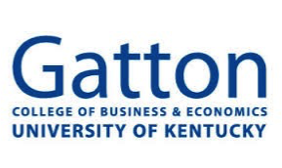Michael is a content driven motivational teacher.
When was the last time you were moved by a great speaker? Or perhaps challenged and touched in the same presentation? Introducing Michael Duke. An experienced business leader with the heart of a teacher, Michael will entertain and educate your audience with his unique brand of wit, humor and wisdom. Michael Duke delivers each message with power and grace. Practical in his approach because he’s been there. Passionate in his delivery because he believes his message to be life changing. Michael is simply moving – never leaving his audience in the same place he found them. In 2001 Michael struck out on his own founding Michael Duke & Associates. His vast experience, his diverse responsibilities and his successful track record make him engaging, relevant and entertaining!
Identify Top Talent
Learn how to identify top talent. Click Here

Create Strong Culture
Learn how to create a strong culture Click Here

High Performing Teams
Learn how to build high performing teams Click Here

Newschool Institute
Learn about the NEWSCHOOL method to recruit and retain talent Click Here
BOOK MICHAEL DUKE TODAY
Check out Michael's resources to help you become the coach your business needs!
















































